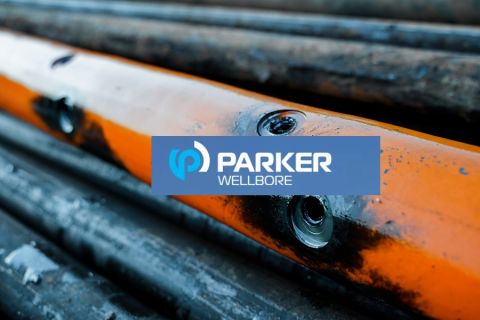- Large E&P companies are moving to reduced emission completions.
- Benefits include public perception, worker safety and better economics.
Gone green on your completions? Odds are you will within the next couple years, and you may be pleasantly surprised with the result. That’s not solely due to the goodwill you, as an industry representative, will engender with a skeptical public. Rather, green completions materially impact recovery and the bottom line.
Think of green completions as reduced emission completions, said John Cavitt, CEO for private-equity backed Covenant Testing Technologies LLC, which has been an industry consolidator on engineered flowback and well testing. The most visible component involves reducing vent gas into the atmosphere from inefficient flares. Vent gas, flash gas, toxic gasses and methane are captured at the tank after separation and combusted in high-efficiency flares or, in more sophisticated applications, compressed into sales, used for fueling wellsite equipment, reinjected into neighboring wells to improve recovery or incinerated in a way that reduces up to 98% of vented hydrocarbons.
Two years ago less than 10% of onshore completions had a reduced emissions component. That share doubled in the last two years and, depending on commodity prices, may double again in the next couple years.
In Colorado strict local rules mean 100% of wells employ reduced emission designs. E&P companies are implementing green completions in the Eagle Ford and Haynesville shales. The elephant in the room, of course, is the Permian Basin, where pipeline constraints and infrastructure issues are increasing the volume of flaring.
E&P companies reported flaring 55 Bcf of Permian Basin gas in 2017 before takeaway constraint became more acute, according to the Texas Railroad Commission. The Environmental Defense Fund used satellite data to argue that volume was closer to 104 Bcf. Whatever the volume, the issue impacts public perception of the industry.
Covenant developed its FlareZero technology to manage emissions at the well site during the previous federal administration’s push to reduce wellsite venting, particularly methane. While those regulatory efforts have paused in the current administration, E&P companies are recognizing that political uncertainty has been reintroduced into oil and gas.
Larger E&P companies are using the current regulatory pause to get ahead of the issue so that they will be prepared if the trend changes in the future.
While a reduction in open flaring is an obvious benefit, additional value lies in ancillary impacts. These include worker protection and increased recovery from employing engineered solutions during flowback and IP.
Green completions involve a measurement component, incorporating real-time data acquisition on multiphase fluid flow, identification of emissions and volumes, and increase the velocity and granularity of well data during flowback, which E&P companies can use to make informed decisions on, for example, choke management.
“We not only control what we’re flaring, but we’re measuring it for the first time,” said Michael Joacim, director of engineering solutions at Covenant. “It allows operators to hone their compliance and their operations during the flowback period.”
Traditionally, E&P companies employed a cookiecutter approach to testing and flowback rather than approaching each well, or each pad, as unique and adjusting accordingly to maximize recovery. Covenant’s testing shows engineered completions provide low double-digit gains in cumulative production over the first 24 months compared to peer wells.
That issue is becoming important with the spreading drought in Wall Street capital to underwrite energy development. Previously, many E&P companies scrambled to boost IP to flip acreage but now find those properties will be on their hands for a longer period.
“You have a week to get it right,” Cavitt said. “But it makes a difference in the well’s long-term EUR.”
Recommended Reading
NOG Closes Utica Shale, Delaware Basin Acquisitions
2024-02-05 - Northern Oil and Gas’ Utica deal marks the entry of the non-op E&P in the shale play while it’s Delaware Basin acquisition extends its footprint in the Permian.
California Resources Corp., Aera Energy to Combine in $2.1B Merger
2024-02-07 - The announced combination between California Resources and Aera Energy comes one year after Exxon and Shell closed the sale of Aera to a German asset manager for $4 billion.
DXP Enterprises Buys Water Service Company Kappe Associates
2024-02-06 - DXP Enterprise’s purchase of Kappe, a water and wastewater company, adds scale to DXP’s national water management profile.
Pioneer Natural Resources Shareholders Approve $60B Exxon Merger
2024-02-07 - Pioneer Natural Resources shareholders voted at a special meeting to approve a merger with Exxon Mobil, although the deal remains under federal scrutiny.
Parker Wellbore, TDE Partner to ‘Revolutionize’ Well Drilling
2024-03-13 - Parker Wellbore and TDE are offering what they call the industry’s first downhole high power, high bandwidth data highway.





